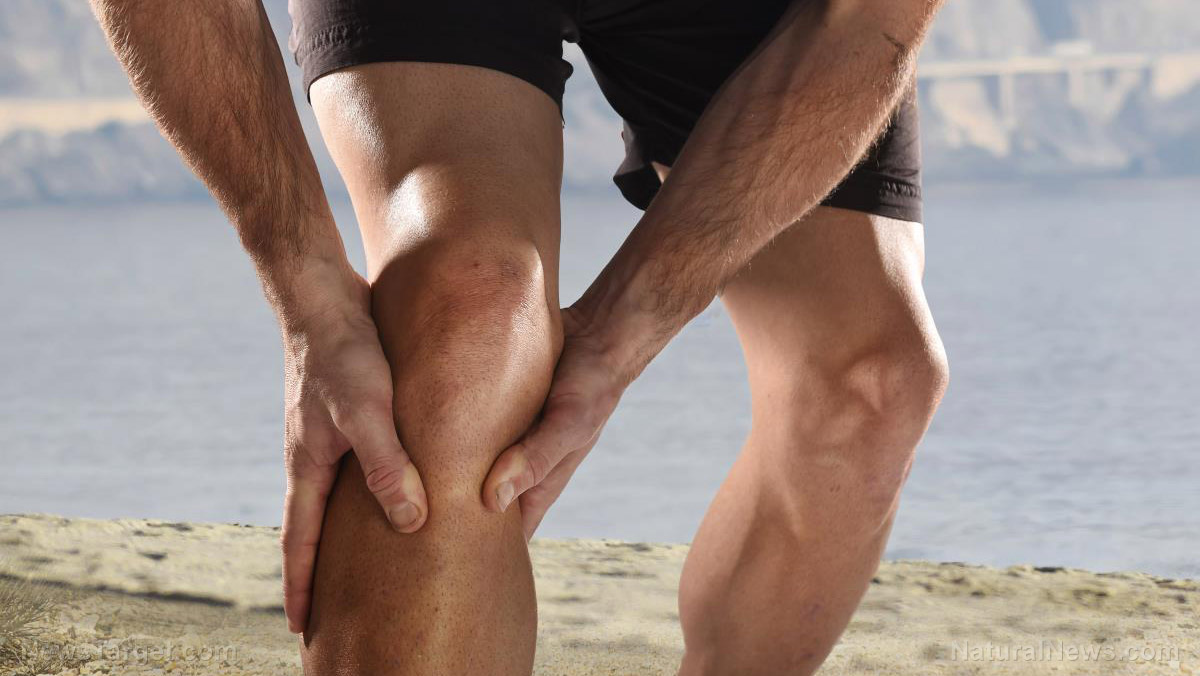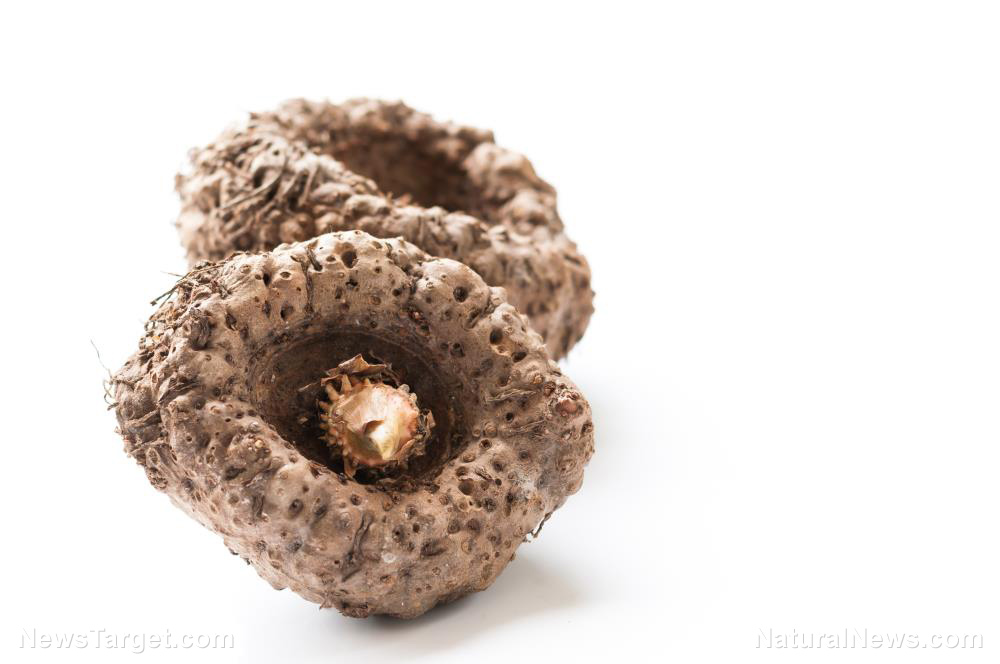
The study, which is the first of its kind, saw researchers analyzing data from the Osteoarthritis Initiative (OAI) and the Framingham Offspring cohort study. The OAI includes health data from 5,000 men and women in the United States who are at risk of osteoarthritis, to identify potential risk factors for the disease. Meanwhile, The Framingham Offspring study had been monitoring the health of over 1,200 offspring of participants from the original Framingham Heart Study, which was conducted in 1948 to determine heart disease risk factors. The Framingham Offspring study based results on data gathered from 1993 to 2005.
Both studies measured the dietary fiber intake of participants through a Food Frequency Questionnaire. Participants in the OAI study averaged a dietary fiber intake of 15 grams a day, while those in the Framingham Offpsring study averaged 19 grams a day. Symptoms and x-ray evidence were also taken into consideration, as well as data on other factors that may influence the results, including knee injury or surgery, medication, and lifestyle habits such as tobacco and alcohol intake and physical exercise.
After a four-year period, 869 of the 4,051 OAI participants with complete data on dietary fiber intake were found to have knee osteoarthritis symptoms, 152 were found to have x-ray evidence of the condition, and 1,964 reported worsened pain. Meanwhile, for the 971 Framingham participants with complete dietary fiber data, 143 were found to be symptomatic, and 175 had x-ray evidence of osteoarthritis.
Studying the data from both studies revealed that a higher intake of dietary fiber can be linked to a lower risk of painful knee osteoarthritis. Specifically, participants with the highest intake were associated with a 30 percent lower risk for the joint condition in the OAI study, and a whopping 61 percent lower risk in the Framingham Offspring study. In addition, OAI participants displayed a lower risk for worsening knee pain.
Weak in the knees
Fiber's preventive effect against knee osteoarthritis may be tied to its digestive and weight loss benefits -- being overweight is a risk factor for the condition.
Knee osteoarthritis generally affects older people, particularly those in their late 40s and older, according to data from Arthritis Research UK. Women are more likely to develop the condition, and it is often more severe when they do. Other risk factors include having family members with a history of osteoarthritis, knee injuries such as a torn meniscus, knee surgery, physically demanding occupations such as mining or farming, and having other joint diseases such as gout.
Symptoms of osteoarthritis include pain in the knee, stiffness, creaking when you move the joint, hard swelling, soft swelling, limited movement in the knee, and the muscles around the joint having a thin or wasted appearance. Those with severe osteoarthritis may also feel knee pain that wakes them at night. Weather changes -- particularly damp weather and low pressure -- can exacerbate the pain and stiffness.
Treatments for the condition often involve medication that ranges from NSAIDs to opioids to surgery, though there are also many natural alternatives to ease symptoms. Capsaicin cream, which is taken from the pepper plant, is accepted as an effective treatment for osteoarthritis, and is applied topically to the affected area. A warm or cold compress on the knee has also been known to relieve pain and stiffness.
Get more natural health updates on HealingArts.news.
Sources include:
Please contact us for more information.























